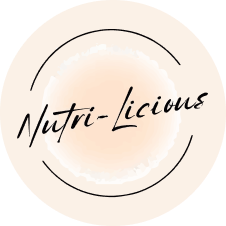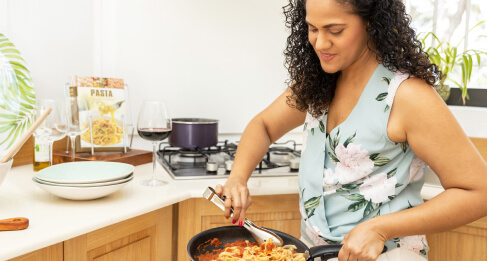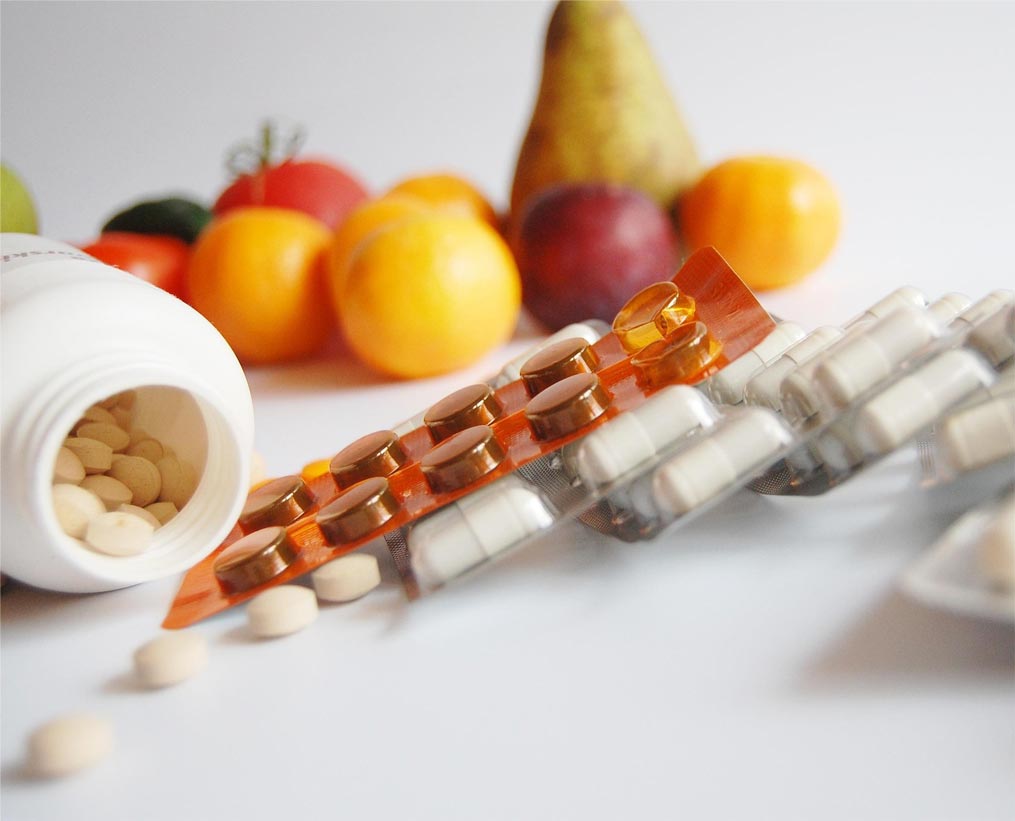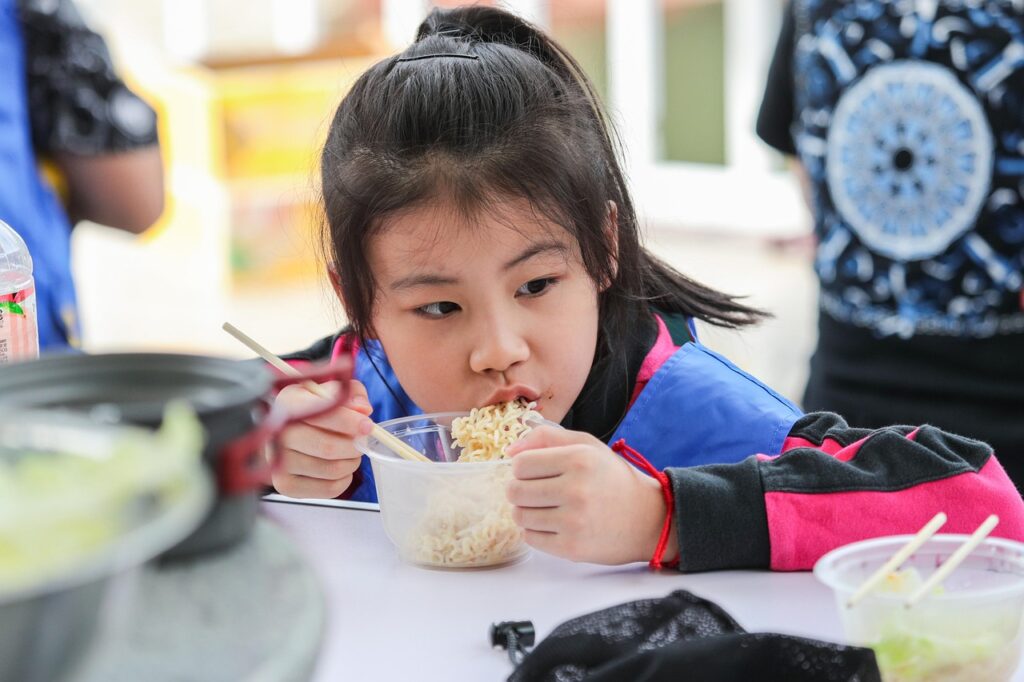Introducing Solids: What You Need to Know About Rice and Arsenic
Funnily enough, the topic of arsenic in rice has come up in not one but three social gatherings I’ve attended recently. Each time, it sparked a mix of reactions:
“Is this even a thing?”
“No way – that can’t be true! Rice is eaten all over the world!”
“Oh no, are we poisoning our kids?”
The mention of arsenic might remind you of Agatha Christie novels, where the substance often played a sinister role. No wonder parents are horrified at the idea of arsenic lurking in something as innocent and widely consumed as rice.
For families in Mauritius (and many other cultures), rice is a dietary staple. Here we love eating it paired with “lentilles and rougaille”, with “cari”, or as part of the beloved “briani”. It’s no surprise we want to offer it to our children too. But while rice is a common first food for babies, concerns about arsenic levels have left many parents wondering: is rice safe for their little ones?
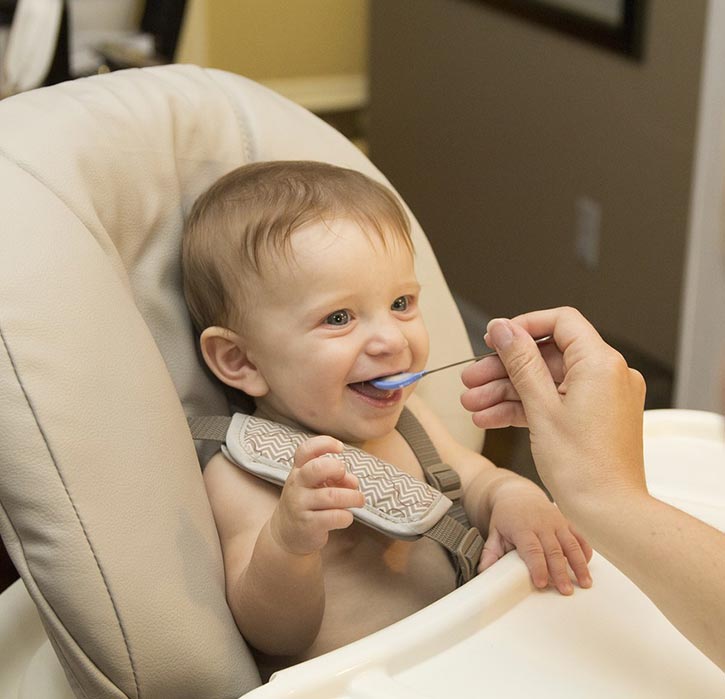
Here’s what you need to know.
Arsenic is a naturally occurring element found in soil and water. Because rice grows in paddy fields or flooded conditions, it absorbs more arsenic compared to other grains.
Why does this matter? Long-term exposure to arsenic, even in small amounts, can increase the risk of cancer, create complications during pregnancy and impact on baby’s brain as well as cause other developmental issues in children. Babies and young children are particularly vulnerable due to their small size and developing bodies.
Health authorities like the U.S. Food and Drug Administration (FDA) and the European Commission recommend limiting exposure to arsenic in rice products, especially for babies. Learn more from the FDA and the European Commission about safety concerns relating to arsenic in foods, especially rice products.
The short answer: No. Rice can still be part of a healthy, balanced diet when offered in moderation. The key is to diversify your baby’s diet with a variety of grains and foods.
Not all rice is created equal when it comes to arsenic levels. Here’s what to know:
- Basmati Rice: Basmati rice from India, Pakistan, Nepal or California tends to have the lowest levels of arsenic, although this can still vary based on the regions.
- Brown vs. White Rice: Brown rice contains more arsenic than white because arsenic accumulates in the outer layers of the grain. However, brown rice is more nutrient-rich. There’s no need to switch entirely for one or the other, a balance between the two can work well.
Organic Rice: Organic rice doesn’t necessarily mean less arsenic, as the plant absorbs arsenic from the environment regardless of farming methods.
Here are practical ways to keep rice on the menu while minimising risks:
- Alternate with Other Grains
Instead of relying solely on rice and rice cereals, expand your baby’s palate with grains like oats, barley, quinoa, millet, or buckwheat. These options are nutritious and lower in arsenic. - Wash and Cook Rice Properly
Rinse rice thoroughly before cooking. Soak rice for a few hours or overnight, draining the soaking liquid. Use a generous amount of water (a 6:1 water-to-rice ratio or minimum 4:1 ratio) and drain the excess after cooking instead of using the absorption method. This can reduce arsenic content by up to 60%. - Serve a Variety of Foods
Ensure rice isn’t the main focus of your baby’s meals and snacks. Include vegetables, fruits, and proteins to provide a well-rounded diet. A varied diet will also provide a range of nutrients which help the body combat the effects or arsenic. - Check Baby Product Labels
Be mindful of rice-based baby foods like cereals, teething biscuits and puffs. These provide rice in a concentrated form, hence are generally higher in arsenic. Opt for alternatives made with diverse grains to limit build up.
Rice is versatile, easy to digest, and often a go-to for babies starting solids. However, relying too heavily on rice-based foods could mean missing out on other important nutrients while increasing arsenic exposure for your baby.
This principle applies to older children too. If your toddler or young child is going through a phase where they prefer rice or struggle with trying new foods, take it slow. Introduce new grains gradually, and make food exploration fun.
For parents navigating picky eating or specific dietary concerns like autism-related sensitivities, strategies like food chaining can be helpful. Check out my blog post on food chaining for more tips. (insert link for food chaining to send it to the blog post Is Your Kid Stuck on White or Beige Foods? Here’s how to Break the Cycle and Expand Their Palate)
- Rice can be safe for babies and children when offered in moderation as part of a varied diet.
- Choose lower-arsenic options, such as basmati rice from India, Pakistan, Nepal or California.
- Balance rice with other grains like quinoa, oats, millet or barley for a well-rounded diet.
- Consult with a registered paediatric dietitian if you need personalised guidance or support for your baby’s diet.
Introducing solids is a joyful milestone and a chance to set your baby up for a lifetime of healthy eating habits. By focusing on variety and balance, you can safely include rice while nurturing your little one’s growth and development.
Would you like to learn more about safe and nutritious food options for your baby? Feel free to get in touch – I would love to support you on this exciting journey!
